Acne is a common skin condition that affects people of all ages and skin types. While it is often associated with adolescence, acne can persist well into adulthood and can be a source of frustration and embarrassment for many. Acne can manifest in many different ways, with various types presenting themselves with different symptoms and levels of severity. In this blog post, we will explore the different types of acne and how to identify them.
How do I know my type of acne?
The first step in identifying your type of acne is to understand the different types that exist. Acne can be categorized into six main types, each with its own set of symptoms and characteristics. By understanding the type of acne you have, you can better tailor your skin care routine and treatment options to manage it effectively.
What are the 6 types of acne?
1. Pimples
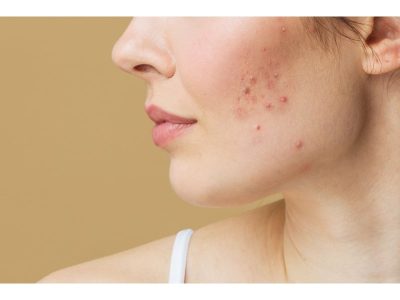

2. Whiteheads
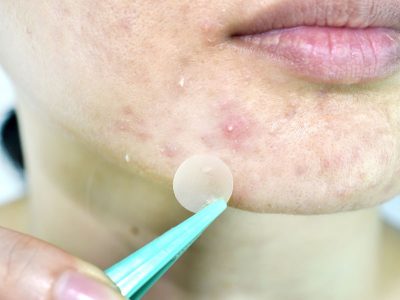

Whiteheads (above), also known as closed comedones, are small, white bumps on the skin that are caused by trapped sebum and dead skin cells. They are similar to pimples, but do not have a opening on the skin’s surface. Whiteheads are often found on the face, but can also appear on the chest and back.
3. Blackheads
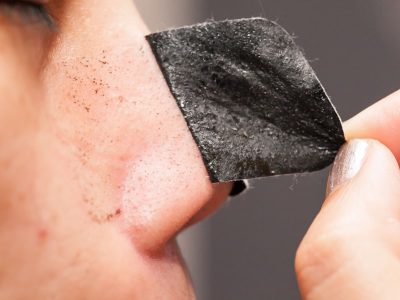

Blackheads (above), also known as open comedones, are similar to whiteheads, but have a small opening on the skin’s surface. The dark color comes from the buildup of dead skin cells and oil, which oxidizes when exposed to air. Blackheads are often found on the nose, but can also appear on the chin and forehead.
4. Cystic Acne
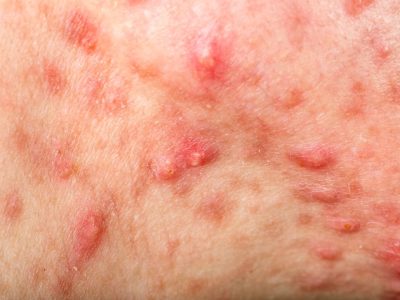

Cystic acne is a severe form of acne that is characterized by large, painful cysts and nodules that form beneath the skin’s surface. Cystic acne is caused by a combination of factors, including hormones, genetics, and bacteria. It is most commonly found on the face, but can also appear on the chest, back, and shoulders.
5. Hormonal Acne


Hormonal acne is acne that is caused by hormonal fluctuations in the body, such as those that occur during puberty, menstruation, pregnancy, and menopause. Hormonal acne is often characterized by deep, cystic bumps that appear on the lower face and jawline.
6. Acne Rosacea
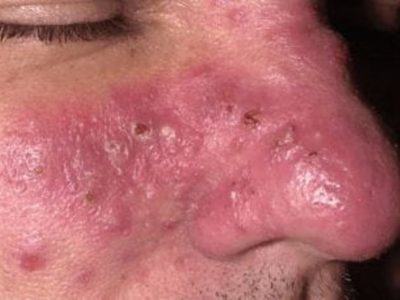

Acne rosacea is a chronic skin condition that is characterized by redness, inflammation, and small bumps on the face. It is often mistaken for acne, but is a different condition that requires different treatment. Acne rosacea is most commonly found on the cheeks, nose, forehead, and chin.
Understanding the different types of acne can help you identify the type of acne you have and better manage it with the right skin care routine and treatment options. Whether you are dealing with pimples, whiteheads, blackheads, cystic acne, hormonal acne, or acne rosacea, there are many products and treatment options available to help you achieve beautiful skin.
If you are struggling with acne, consult with a dermatologist who can provide personalized advice and treatment recommendations to help you achieve clear, healthy skin. Remember, taking care of your skin is an ongoing process that requires patience, consistency, and a commitment to self-care.
